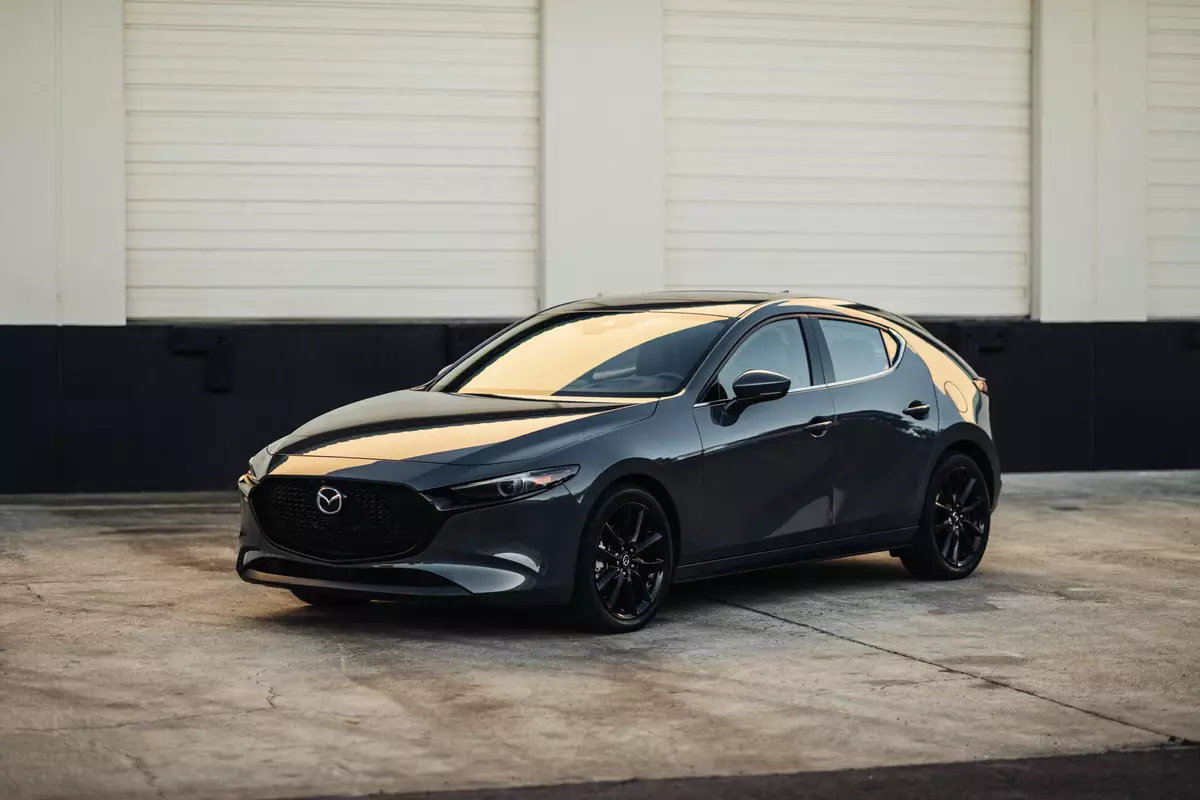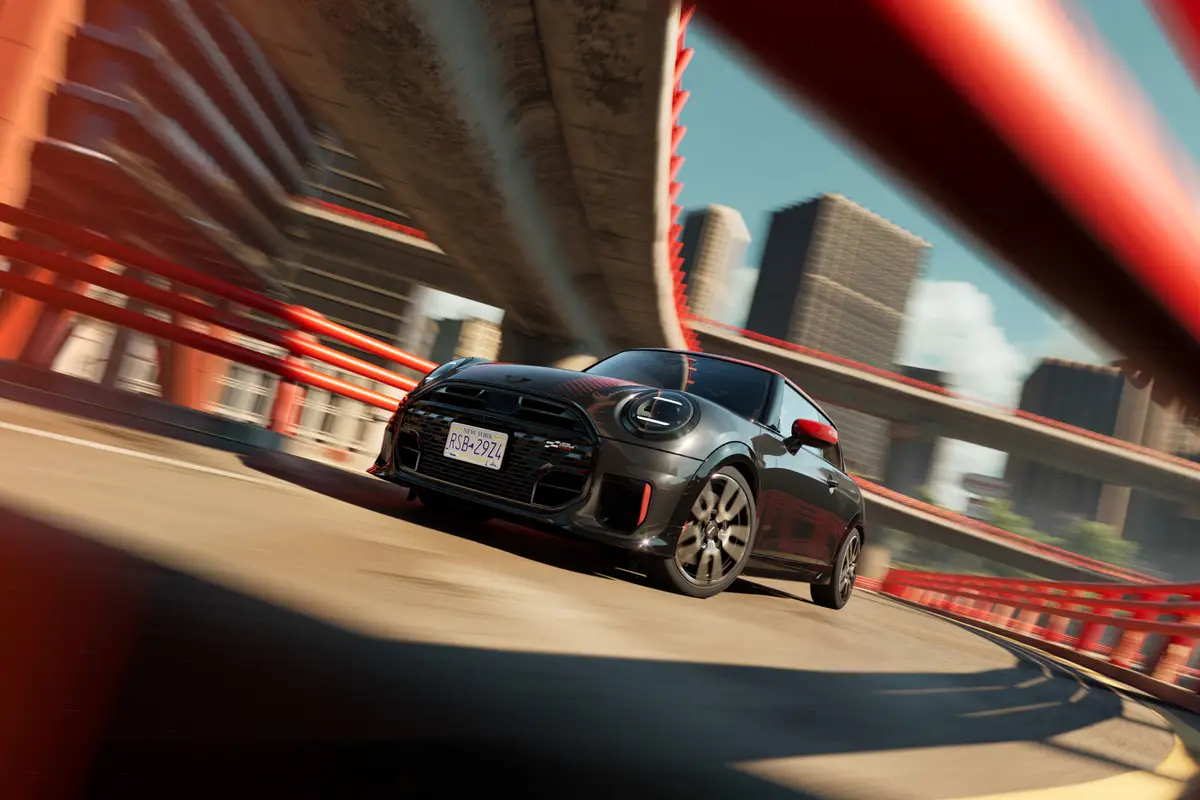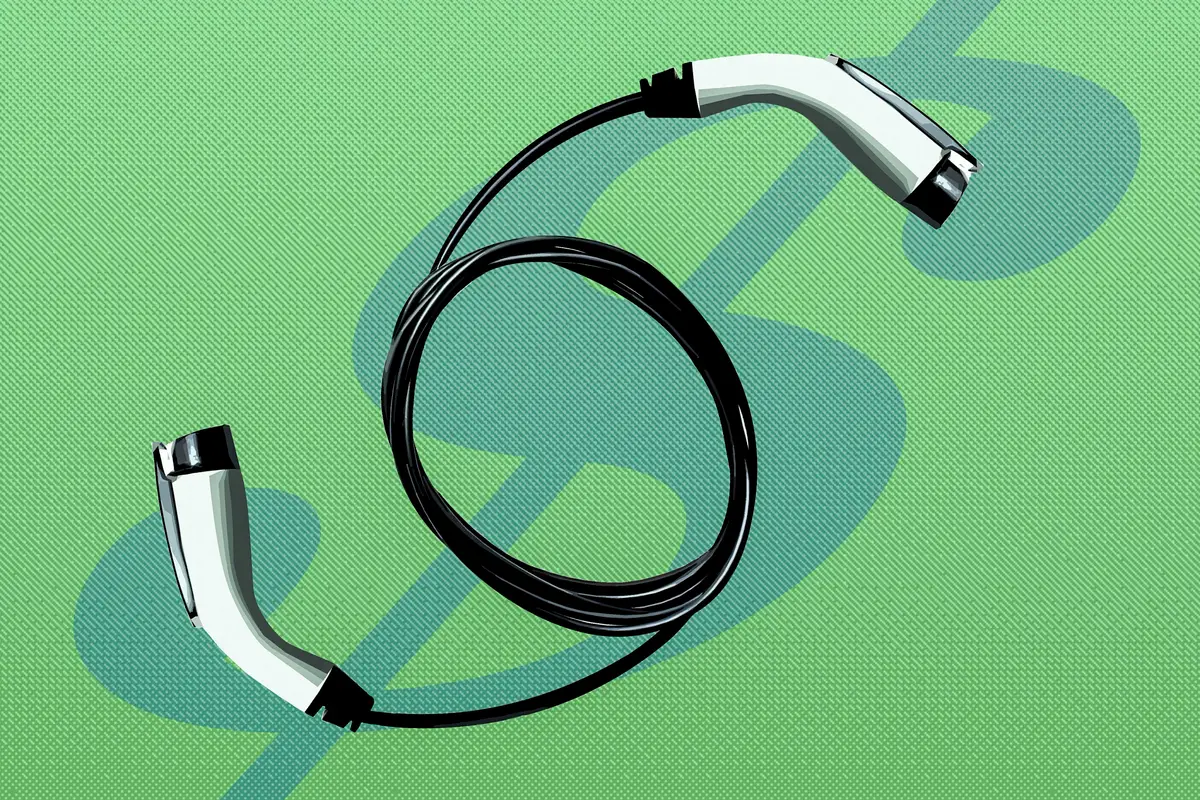IndyStar.com's view
In the world of mathematics, five plus one equals six. But in the world of German automobile manufacturer Audi, it equals the new Audi 100.
The fourth generation of Audi 100 sedans, the 1992 model goes up one more cylinder over the previous five-cylinder model. It has a larger, more powerful V-6, plus a redesign that enables the car to lay claim to being new.
Audi’s designers at Ingolstadt, Germany, have fashioned the series to offer three versions: the 100, 100 S and 100 CS.
They are all front-wheel-drive automobiles, with the German trait of giving priority to engineering. But it hasn’t been done at the expense of styling or driver/passenger comfort and convenience.
“Customer reaction has been very positive,” said Frank Giganti, vice president and general manager of Giganti North in Noblesville. “They know with the new V-6 and new styling it’s a quite different car.”
Going to a 2.8-liter V-6 can be regarded as one of Audi’s more astute moves. The midsized sedan lies solidly in the luxury-car field with all three models, and this market is crowded with makes offering power and performance.
The Audi 2.3-liter, five-cylinder motor that powered former 100-series cars was a good engine, but its 130 horsepower doesn’t measure up to the new 172-horsepower V-6.
Besides horsepower, there is a lot of torque at a moderately low engine speed. The V-6 is rated at 184 foot-pounds of torque at 3,000 rpm, which provides good lugging power at relatively low speeds.
This especially comes to the fore with the 100’s five-speed manual transmission. In slow-moving traffic, the torque effort eliminates the need to constantly downshift to a lower gear for better acceleration.
Of interest to the mechanically oriented is the fact that in a day when dual-overhead cams and four valves per cylinder seem all the rage, the new V-6 sticks with the traditional single-overhead cam (per bank of three cylinders) and two valves per cylinder.
According to Rob Blum, Audi of America’s product planning manager, the two-valves-per-cylinder arrangement takes better advantage of the engine’s low-speed torque characteristics than is possible with multivalve motors. Blum believes it’s a better engine for American driving conditions than most multivalve engines.
The ’92 l00s are heavier by some 250 pounds than the cars they replace. The standard 100 is rated at 3,329 pounds, the S at 3,385 pounds, and the CS at 3,407 pounds.
But emphasis still is on handling like a sports car. And it’s pretty obvious that aerodynamics is of prime consideration, with the 100 being given a sculpted, more vertical profile that is supported by a broader stance.
The wheels are 2 inches further apart than in the ’91 car, and this wider track gives the 100 greater stability. It’s not an unimportant consideration for an automobile that has a top speed of 130 miles per hour.
It also gives the styling a more aggressive appearance. On balance, the car is a pretty good-looking automobile, wi th a smooth hood line tapering to rounded headlamps.
Even in standard 100 form, the Audi is no econobox. It is luxury oriented, with prices to match. The suggested manufacturer’s retail price on the base model is $27,700. For the S, it’s $29,900. And for the CS, the tab is $32,900.
The base model with a five-speed gearbox actually costs less than a 1991 100 model, which was priced at $28,750. However, the ’91 car was available only with an automatic transmission, an $800 option for the ’92 base sedan.
While the series is new, the 1992’s wheelbase and overall length are almost the same as the 1991’s. The wheelbase of the ’92 is 105.8 inches, two-tenths of an inch longer than the 1991. The overall length of the 1992 is 192.6 inches, one-tenth of an inch shorter than the 1991.
“Despite the same size,” Giganti said, “there is substantially more passenger room. There is 2 more cubicfeet of interior space, and that translates into more headroom, more legroom, and more shoulder room.”
Interior styling has been upgraded, with a velour standard interior. Leather is optional on the S and CS models.
Woodwork includes Canadian elm inlays in the wraparound dash, door panels and center console. Audi says it changed from Zebrano wood to Canadian elm because the elm was more readily available and could be used without adverse impact on tropical rain forests.
“I’d say the car has been domesticized a bit,” Giganti said. “We now have a tilt-and-telescope wheel. They’re new. And it’s smoother and quieter.”
With a full range of power equipment and safety features like a driver’s side air bag and an anti-lock braking system, the car represents, as Audi says, its efforts to “do everything better.”
“You can put it on a rack at our main store (at 6901 East 38th Street),” Giganti said, “and see how everything is sealed. 2hey’ve just put a lot of effort into it. And that’s what it takes.”
Latest news



